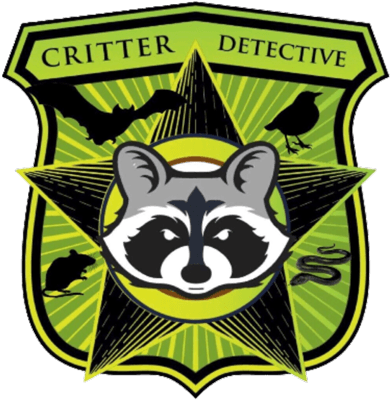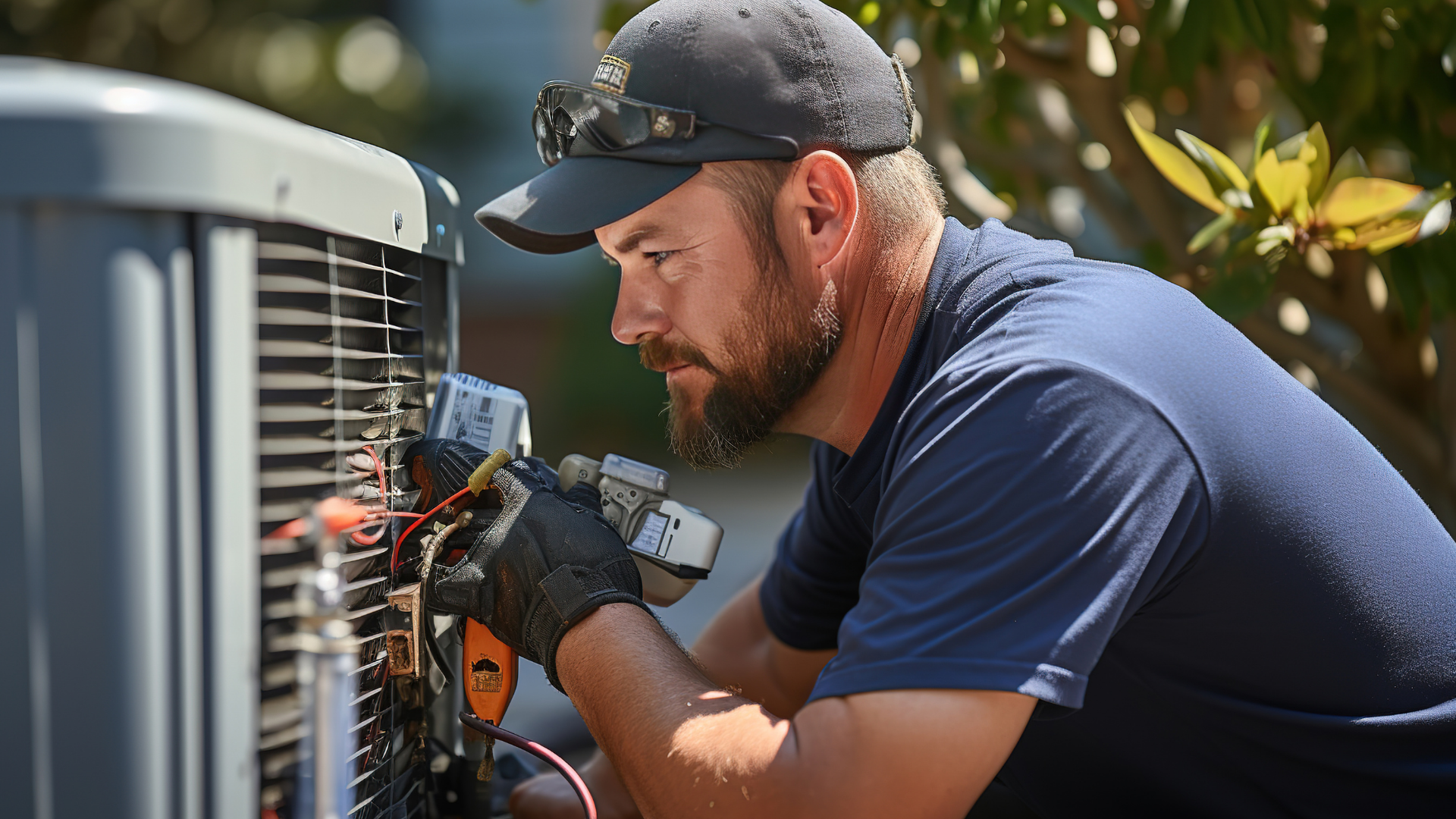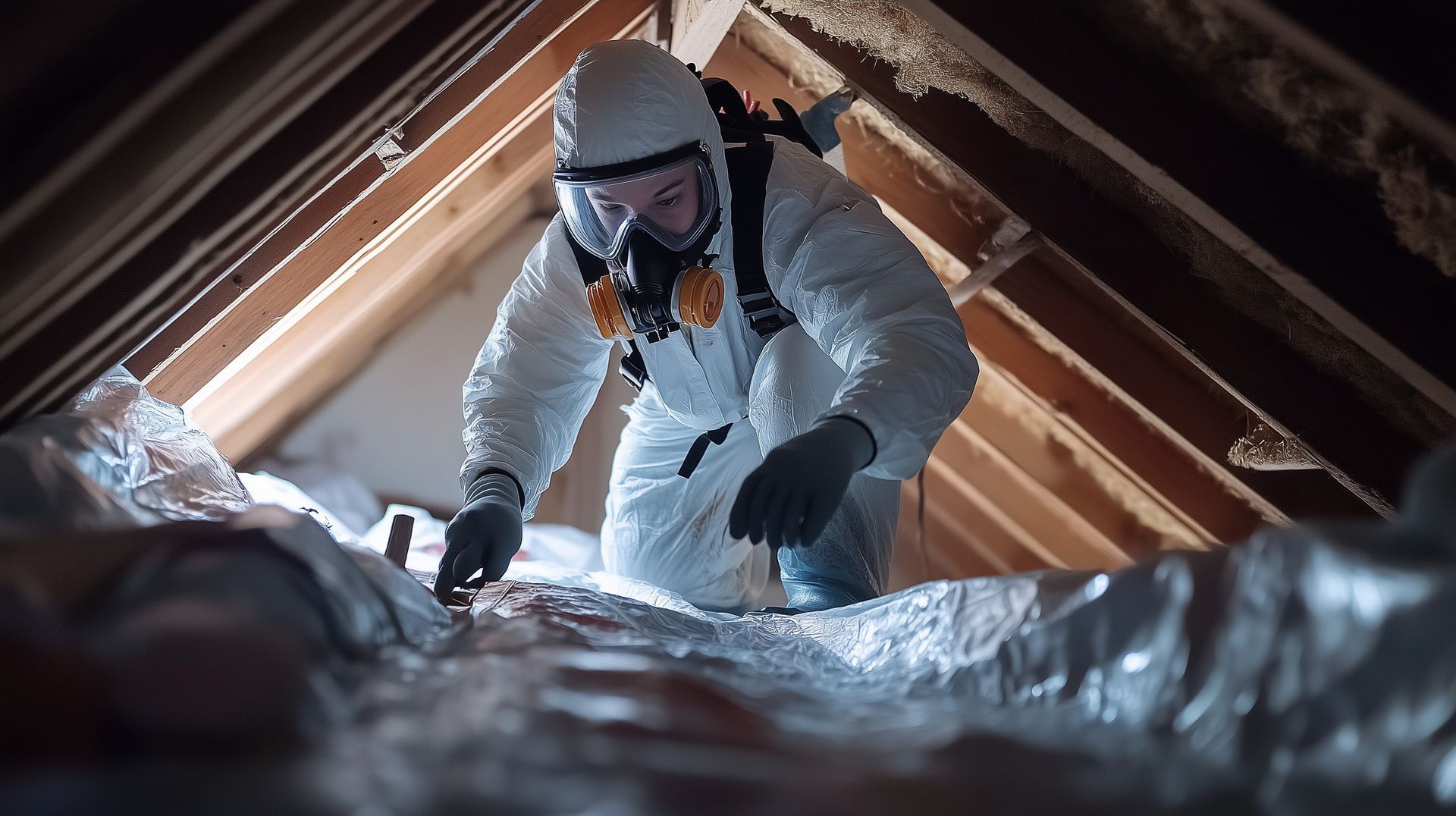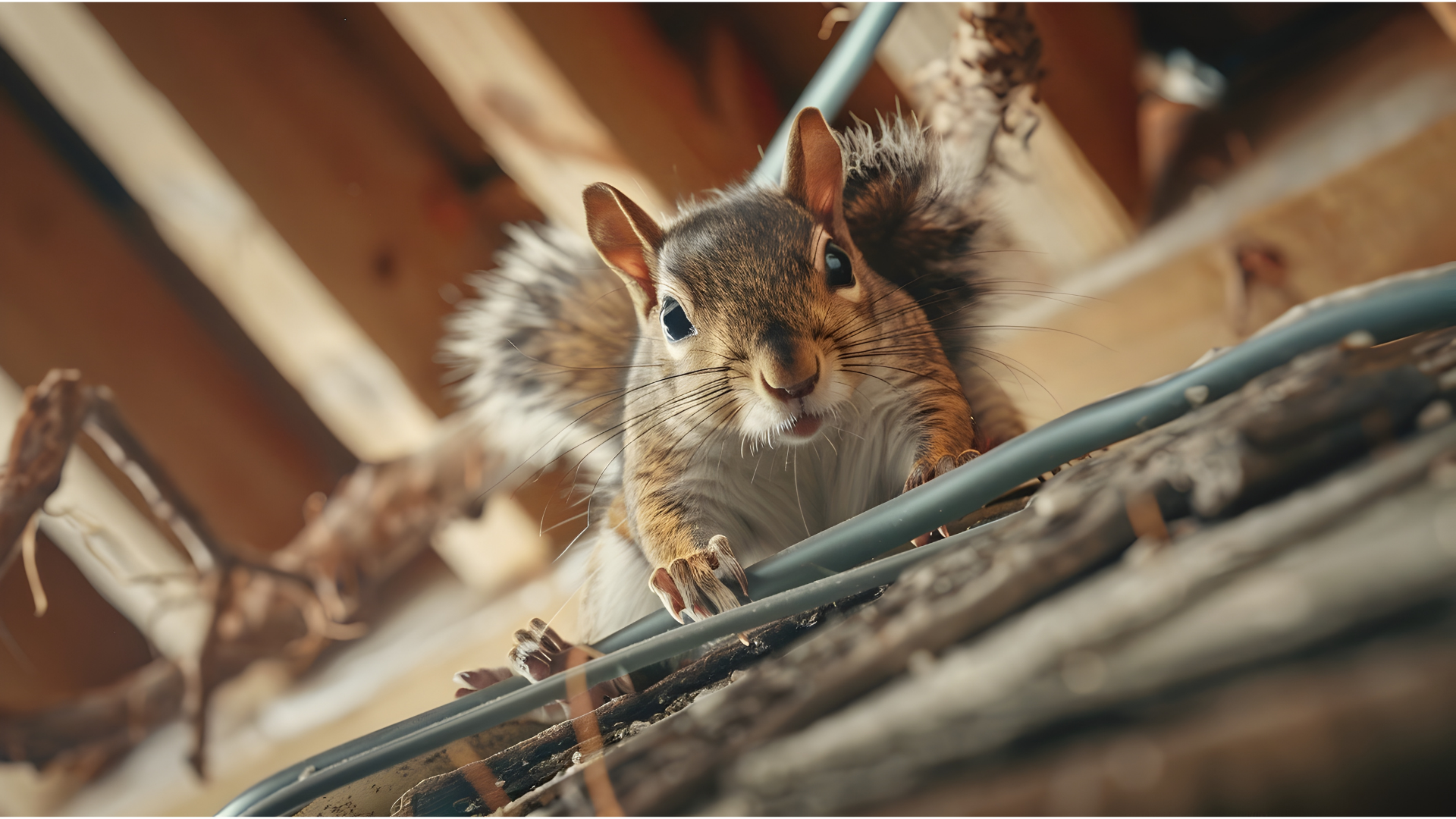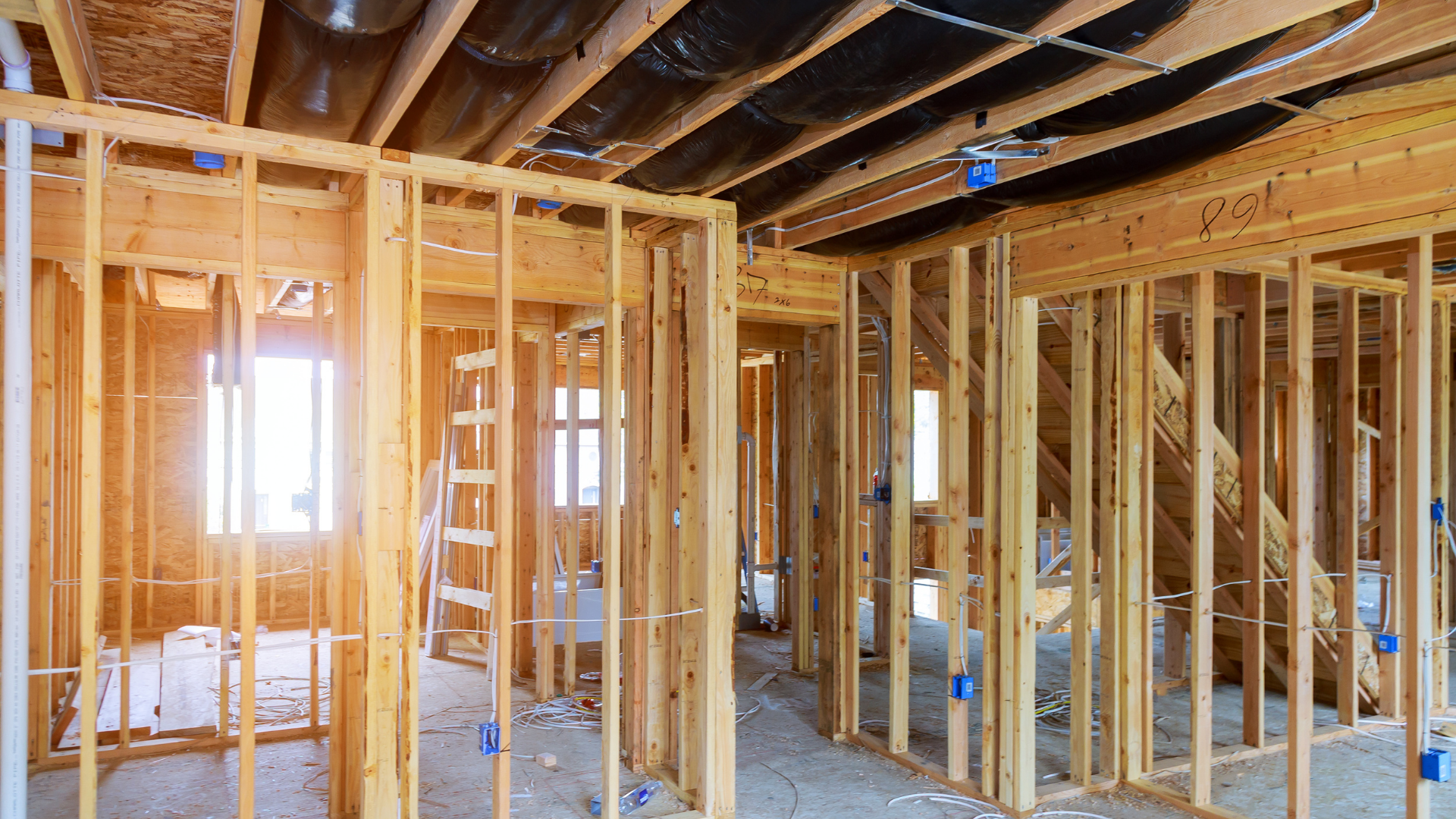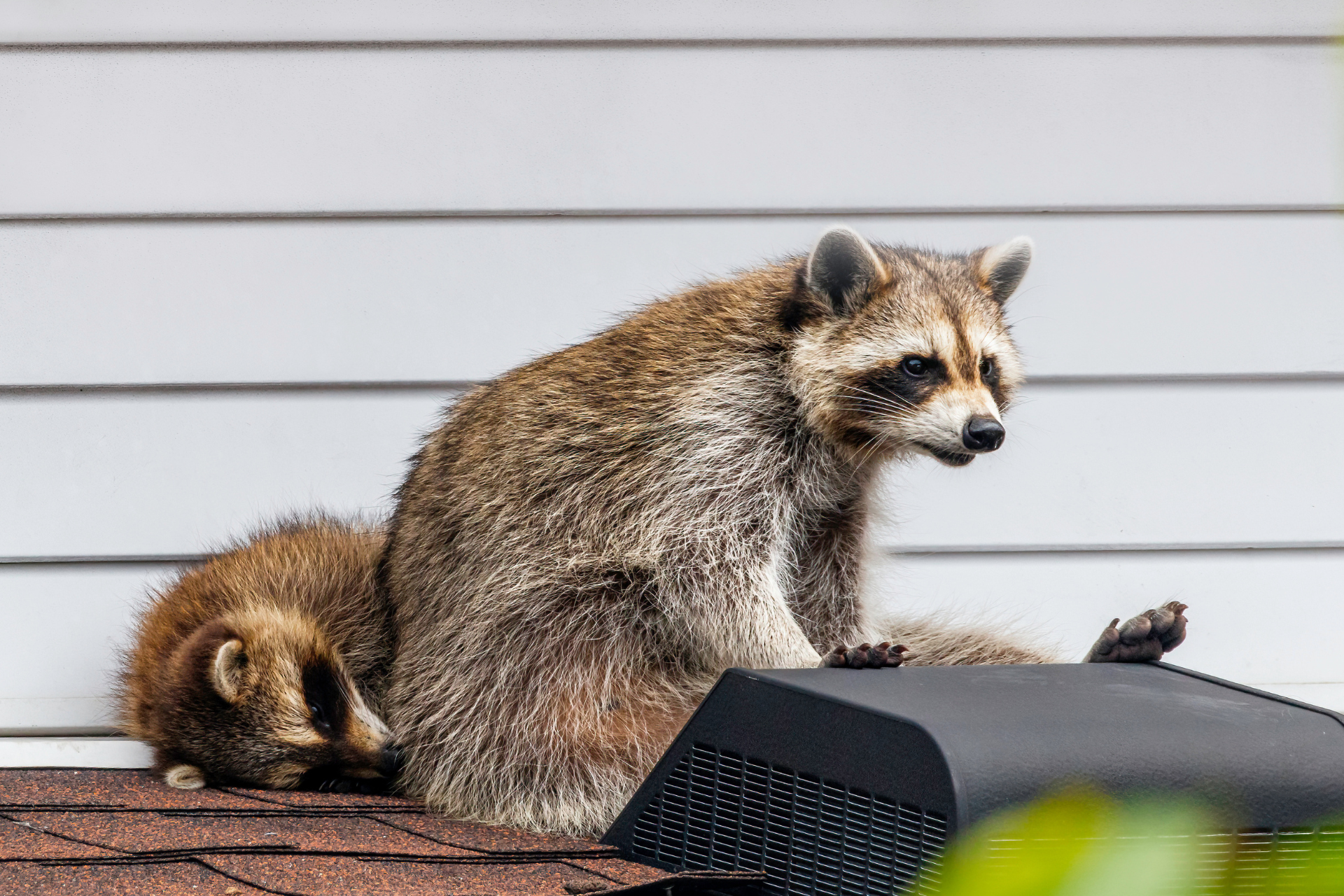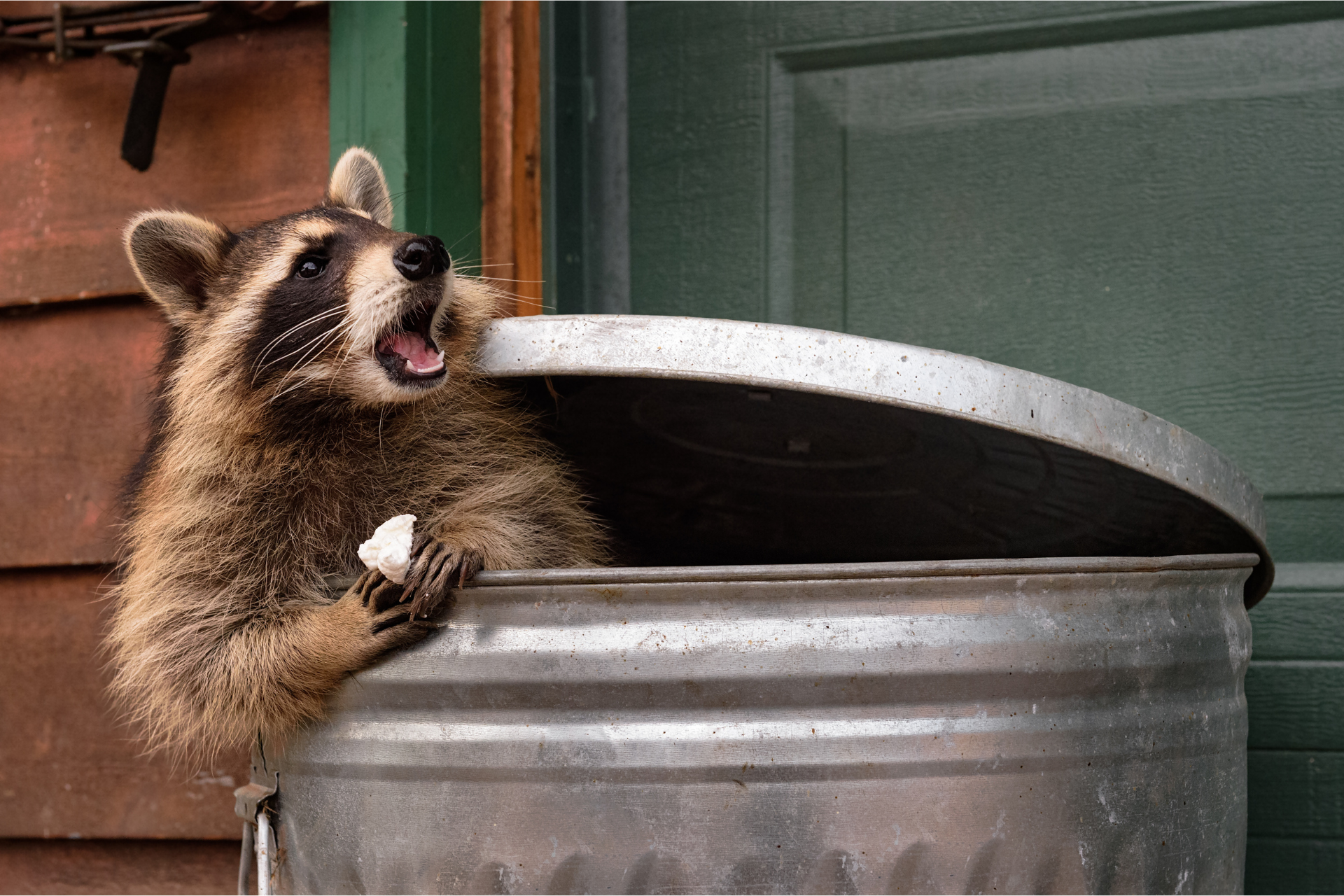Seasonal Wildlife Patterns and Home Risks
How Seasons Influence Wildlife Intrusions
As the seasons shift, so does the rhythm of wildlife. Animals respond instinctively to changes in temperature, daylight, and food availability, which causes them to move, nest, forage, or seek shelter at different times throughout the year. These patterns might not follow a set calendar, but they’re consistent enough to spot—especially when they lead animals straight into homes, attics, chimneys, and crawlspaces. A quiet yard in the spring could easily become a nesting site by midsummer, and by fall, some animals are already settling in for the colder months ahead. Recognizing these seasonal behaviors early on makes it easier to address potential problems before they result in damage, health concerns, or undue stress.
Spring Sparks New Life—And New Activity
As winter lets go and temperatures rise, wildlife emerges from its quieter months with one thing in mind: reproduction. Spring is a season of movement. Animals like raccoons, squirrels, birds, and skunks begin seeking nesting spots where they can raise their young. These animals aren’t looking for trouble—they’re looking for security. Attics, chimneys, crawlspaces, wall voids, and sheds all offer protection from predators and weather, which is exactly what wildlife is after.
This is the time of year when nests are built quickly and quietly. Because activity is often focused during nighttime or early morning hours, it may go unnoticed for weeks. And by the time sounds or damage are detected, a whole litter of animals may be comfortably settled in.
Spring is also when legal protections for certain species begin to apply. Removing animals during breeding season—particularly if offspring are present—can result in fines or legal trouble. That’s why this season is a key window for inspections and humane, regulation-compliant exclusion work.
Summer Intensifies Wildlife Interaction With Homes
As temperatures climb, wildlife activity kicks into high gear. By now, young animals born in the spring are mobile and curious, and adults are busy foraging for food to support themselves and their offspring. Properties that offer steady access to food or water—like unsecured garbage bins, compost, bird feeders, or pet bowls—become highly attractive.
Raccoons, opossums, and rodents are common summertime intruders. They tend to explore patios, under-deck areas, garages, and other shaded parts of a property during the heat of the day. At night, they search for open windows, roof gaps, or damaged vents that provide easy access indoors. Snakes may also be more visible as they seek out cool spaces under porches or inside crawlspaces.
Bats often become more active and noticeable in the summer. Though they usually go unnoticed during the day, they may enter attics or wall voids to roost, especially if small openings in a roofline are left unsealed. Bat colonies are frequently discovered during this time of year, sometimes only after a strong smell or staining appears inside the home.
Waiting until late summer to address wildlife concerns can lead to bigger challenges down the road. The longer animals stay, the more established they become—and the more difficult they are to remove.
Fall Is A Turning Point
There’s a shift in wildlife behavior once the days start getting shorter. Fall signals the approach of harder conditions, and animals begin preparing. This often means stockpiling food, increasing foraging activity, and—most critically—finding a warm, dry place to spend the winter.
Rodents begin appearing indoors more frequently during fall. Mice and rats are small enough to fit through openings no bigger than a coin, and they can nest in tight areas like basements, inside wall voids, or behind appliances. Once inside, they chew on insulation, wires, and even plumbing materials to create paths and nesting areas. Their presence often leads to contamination of stored goods, droppings, and strong, unpleasant odors.
Squirrels also take advantage of fall conditions by sneaking into attics to build nests. They often use the insulation as bedding material and can cause structural damage if left unchecked. Their activity ramps up during this time as they prepare for winter and hide food throughout your property.
Bats may return to the same roosts year after year in the fall as they look for hibernation spots. If a bat colony roosted in your attic the previous year, there's a strong chance they’ll try to return unless preventive work has been done.
Chimneys are a common target in the fall. Raccoons, birds, and squirrels all find them attractive for denning. Without a proper chimney cap or screening, these animals often make their way inside and get stuck—or decide to stay.
Winter Doesn’t End the Problem
It’s easy to assume that wildlife problems disappear in winter, but that’s rarely the case. While some animals slow down or go into periods of dormancy, many remain active. Rodents are a prime example. Once inside, mice and rats continue moving, feeding, breeding, and causing damage throughout the cold months. Their nests are hidden and their activity is quiet, but the destruction can be significant—especially when wires or insulation are involved.
Raccoons and opossums don’t hibernate but do reduce activity, often choosing to remain in a chosen den site for extended periods. This might mean months of undetected damage to attic spaces, ductwork, or stored items. And while they might not seem like a threat at first, their waste buildup and chewing habits can lead to expensive problems if left unchecked.
Another challenge in winter is detection. People tend to go into attics, crawlspaces, or garages far less often during colder months, so signs of wildlife can go unnoticed. By the time spring arrives, the problem has already grown—often with added damage, more animals, and heightened legal concerns depending on the species.
Shifting Behaviors In Wildlife Activity
While some adjust their habits based on temperature or daylight, many remain active throughout the year, just shifting their behavior slightly. Armadillos continue to dig and burrow even in cooler months, often damaging foundations and landscaping. Groundhogs can be an issue in early spring and late fall, especially when they've established deep tunnel systems beneath sheds or patios. Snakes can also remain a year-round concern in warmer areas, particularly when drawn to rodent activity near homes. These species don’t wait for ideal conditions—they adapt and persist. That’s why a year-round approach to wildlife prevention and removal isn’t just practical—it’s necessary when dealing with animals that don’t take the season off.
Seasonal changes bring more than just temperature swings—they trigger instinctive behaviors in wildlife that often lead them straight into human spaces. Being aware of how wildlife reacts to the changing seasons is the first step. Acting on that knowledge before problems escalate is where real prevention starts.
If you’ve noticed signs of animal activity or suspect that your property is being used as shelter, Critter Detective is ready to help. Our team understands the patterns and pressures that influence wildlife behavior throughout the year.
Contact us to schedule an evaluation and take the next step in protecting your home from unwanted seasonal guests.
